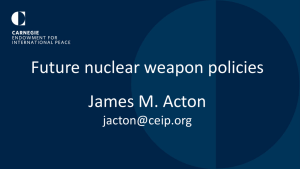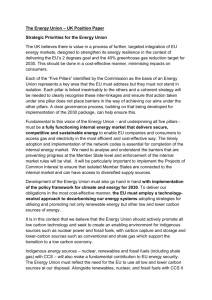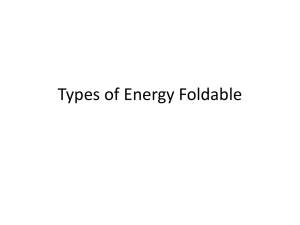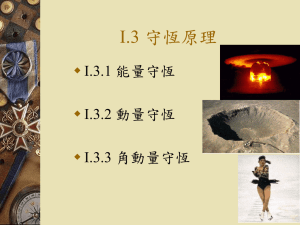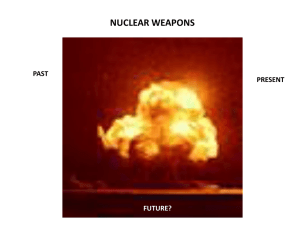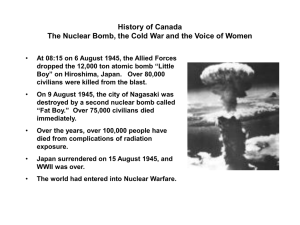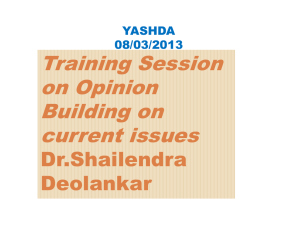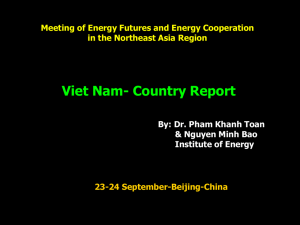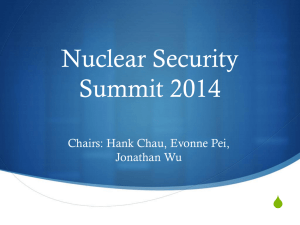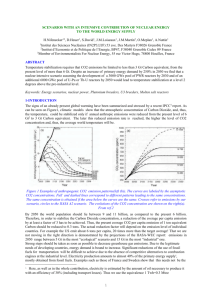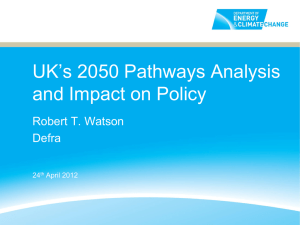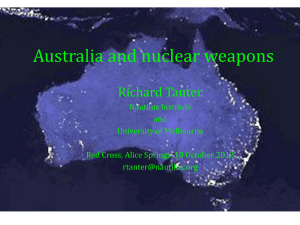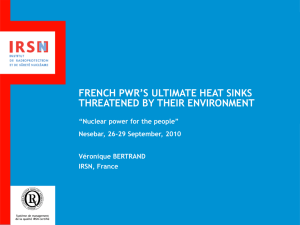Nuclear or Unclear - Council on Energy, Environment and Water
advertisement
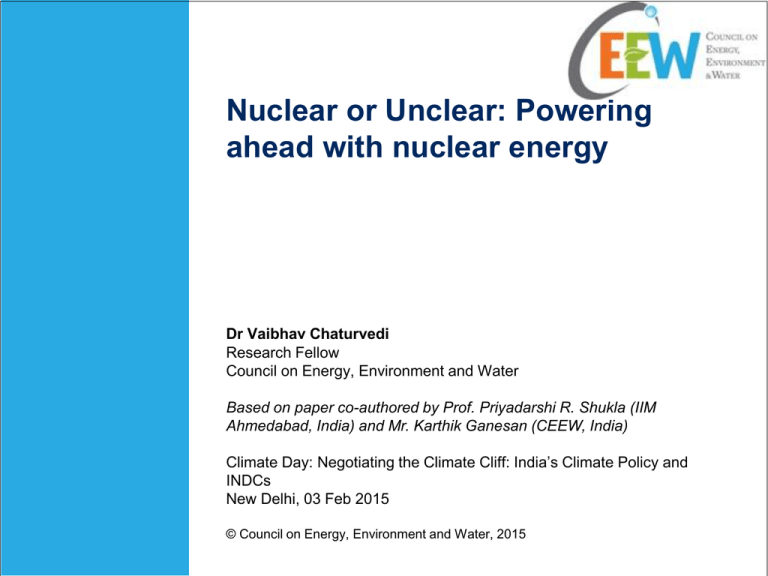
Nuclear or Unclear: Powering ahead with nuclear energy Dr Vaibhav Chaturvedi Research Fellow Council on Energy, Environment and Water Based on paper co-authored by Prof. Priyadarshi R. Shukla (IIM Ahmedabad, India) and Mr. Karthik Ganesan (CEEW, India) Climate Day: Negotiating the Climate Cliff: India’s Climate Policy and INDCs New Delhi, 03 Feb 2015 © Council on Energy, Environment and Water, 2015 CEEW: addressing global challenges through an integrated approach | 1 Introduction • Energy access an important development challenge, hence all energy technologies need to be considered simultaneously • Nuclear power arguably the most controversial form of energy • Need for independent, impartial and analytical assessment of the role of nuclear power in India’s energy and climate policy | 2 Cost is going to be a defining factor! • Between 2008 and 2013, cost of nuclear power plants increased by 98% (AEO 2008, AEO 2013) • Historical experience with nuclear power plants has delivered little confidence in the cost and economics of nuclear power plants • Fundamental uncertainties in the cost of key components of fuel cycle (MIT, 2011) • Ultimately, any risk mitigation measure is bound to increase the cost of nuclear power plant installation and operation | 3 Sensitivity analysis around future nuclear energy cost trajectories • 6 cost scenarios- Reference, 10% increase, 25% increase, 50% increase, 100% increase, and Complete Retirement scenarios • 2 policy scenarios- Reference, and Two Degree scenarios | 4 Modelling Framework: Global Change Assessment Model (GCAM) • Economy-Energy-Agriculture Market Equilibrium (Edmonds et al., 2004) • 14 Global Regions Fully Integrated • • Explicit Representation of Energy Technologies Tracks 15 greenhouse gases • Dynamic-recursive model • Typically runs to 2095 in 5-year time steps • Used extensively for energy and climate policy analyses conducted for DOE, EPA, IPCC, etc. (Clarke et al., 2007) | Nuclear energy’s role with varying costs Reference Scenario 100% cost increase over Reference Hydro Wind Solar Nuclear Biomass_CCS Biomass 2100 2050 2030 2100 2050 Fossil_CCS 2100 Fossil 2050 Wind 100% 90% Solar 80% 70% Nuclear 60% 50% Biomass_CCS 40% 30% Biomass 20% 10% Fossil_CCS 0% 25% cost increase over Reference 2030 Hydro Reference Cost 2030 2100 2050 100% cost increase over Reference 2030 2100 2050 2100 2050 2030 100% 90% 80% 70% 60% 50% 40% 30% 20% 10% 0% 25% cost increase over Reference 2030 Reference Cost Two Degree Scenario Fossil Nuclear energy share in electricity generation Ref Cost 25% increase 100% increase 2050 share Ref sc 2 Degree sc 8% 20% 5% 13% 2% 5% | 6 Conclusion • Nuclear energy highly sensitive to any further increases in cost • NUCLEAR LIABILITY OFF-SETS CLIMATE LIABILITY • Domestic manufacturing, insurance pool, snall modular reactors, unambiguous policy environment? • Finally, bridging the information chasm about the risks from nuclear power plants among stakeholders will help to find best-fit for nuclear power in India’s long-term optimal energy mix. | 7 THANK YOU http://ceew.in | 8 http://ceew.in |

![The Politics of Protest [week 3]](http://s2.studylib.net/store/data/005229111_1-9491ac8e8d24cc184a2c9020ba192c97-300x300.png)





